
"Health and the Human Body"
Helps families and educators find content for learners investigating the human body and health at home, at school, or on the go.
"Health and Human Body" includes hands-on activities, online interactives and information on ways to stay healthy and how certain body systems work. All of these activities are in support of NIH SEPA created apps DIY Human Body, Monster Heart Medic, and "I Got This: An Interactive Story." This project was supported by the National Institutes of Health (NIH) Science
Body Systems and App Learning
Choose one of the body systems below or check out hands on activities that support the Hall's NIH funded apps.
Circulatory System
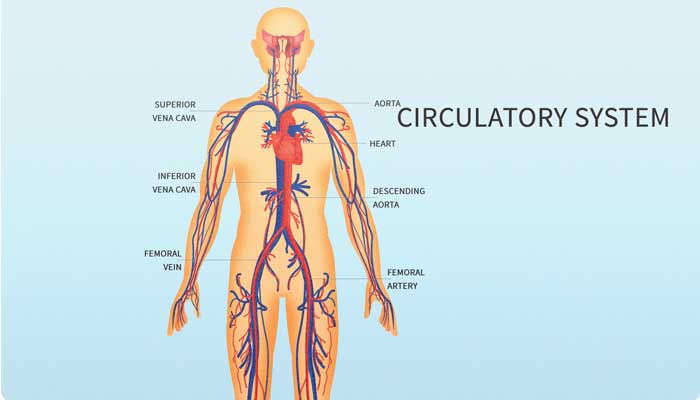
Your heart constantly pumps blood around your body. Your circulatory system uses blood to deliver oxygen and nutrients to your cells and carry away waste from your cells.
Arteries carry blood away from your heart, while veins carry blood toward your heart. One-way valves in your veins make sure blood travels only in one direction through your body. Tiny blood vessels called capillaries let nutrients and waste products be exchanged in all your cells.
Arteries carry blood away from your heart, while veins carry blood toward your heart. One-way valves in your veins make sure blood travels only in one direction through your body. Tiny blood vessels called capillaries let nutrients and waste products be exchanged in all your cells.
Respiratory System
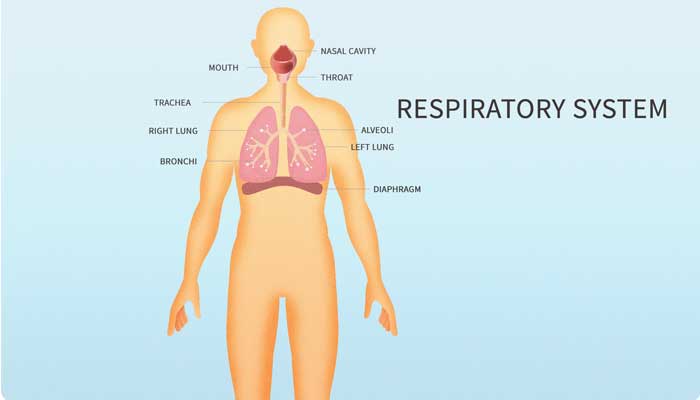
The organs in your respiratory system work together to take in oxygen from the air and remove carbon dioxide from your body. Air enters and exits through your nose and mouth. Mucus and small hairs called cillia in your nasal cavity help stop harmful things from entering your lungs. A tube called the trachea connects your nose and mouth to your lungs.
Below your lungs, a muscle called the diaphragm pulls down to expand your lungs and pushes up to contract them. Your lungs are full of tiny sacs called alveoli, where oxygen enters and carbon dioxide exits your blood.
Below your lungs, a muscle called the diaphragm pulls down to expand your lungs and pushes up to contract them. Your lungs are full of tiny sacs called alveoli, where oxygen enters and carbon dioxide exits your blood.
Digestive System
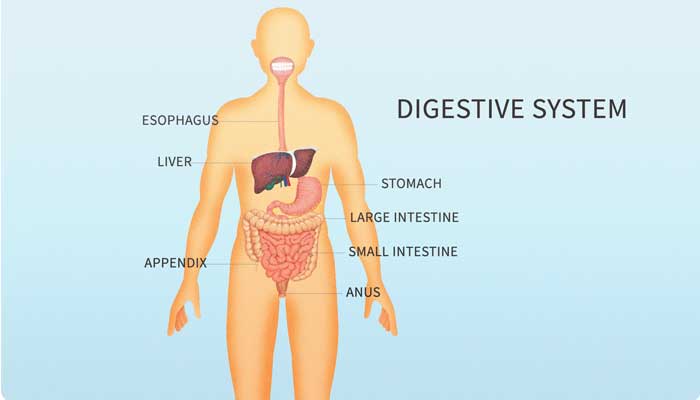
Your digestive system takes in, breaks down, and absorbs nutrients from your food, then excretes any waste. Most of your digestive organs are hollow and connected to each other in a long pathway. Food enters through the mouth, then moves through the esophagus, stomach, small intestine, and large intestine, and finally exits through the anus. The liver, pancreas and gallbladder help the rest of your digestive system do its work.
Skeletal System
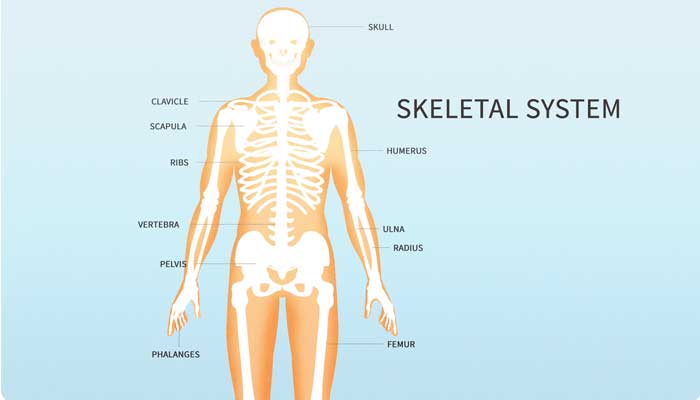
Your skeletal system is made of bones, cartilage, ligaments, and tendons. These work together so you can move your body to walk, swim, jump, run, and so much more! Humans have 206 bones that are lightweight and provide the body’s rigid structure to stand upright.
Your bones also protect you. Your skull protects your brain, and the vertebrae that make up your backbone protect your spinal cord. Your ribs protect some of your most important internal organs like your heart, lungs, liver, and spleen.
Your bones also protect you. Your skull protects your brain, and the vertebrae that make up your backbone protect your spinal cord. Your ribs protect some of your most important internal organs like your heart, lungs, liver, and spleen.
Immune System

Your immune system is a network of cells, tissues, and organs that protects your body from infection and fights off illnesses. Your body is an ideal place for certain viruses, bacteria, fungi, and parasites to live and grow. Your immune system works to prevent their entry and slow or stop their growth, so you can stay healthy.
Some white blood cells in your immune system find and destroy disease-causing organisms. Other white blood cells create antibodies, which are proteins that help your body identify disease-causing organisms or cells they have infected. Some white blood cells are stored in your lymph nodes, which can become swollen when you’re sick.
Some white blood cells in your immune system find and destroy disease-causing organisms. Other white blood cells create antibodies, which are proteins that help your body identify disease-causing organisms or cells they have infected. Some white blood cells are stored in your lymph nodes, which can become swollen when you’re sick.
Activities in Support of "Monster Heart Medic"
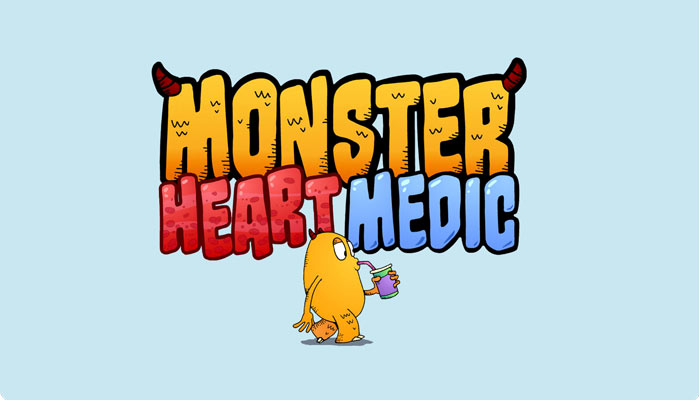
Monster Heart Medic is an educational adventure game that explores the cardiovascular system and how it is affected by healthy living. Players are led through an interactive narrative where they must help diagnose a friendly, 3-eyed monster named Ragnar and help him on his path to a healthier life. These activities support learning about keeping your cardiovascular system and your whole body healthy through diet and excercise.
Activities in Support of "I Got This: An Interactive Story"

“I Got This” created by UC Berkeley’s Lawrence Hall of Science, is an interactive, first-person, educational story that follows a young teenage girl who discovers that she has type 2 diabetes, one of the fastest growing diseases in the US and around the world. Told in a real-world setting, “I Got This” focuses on the symptoms, remediation, and social aspects of the life-changing disease. “I Got This” was created with funding from the National Institutes of Health, in collaboration with the UCSF Benioff Children’s Hospital, Oakland, and advice from curriculum developers at the Hall and Tufts University.
